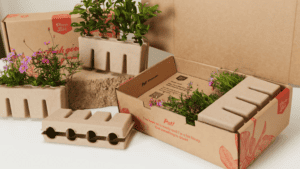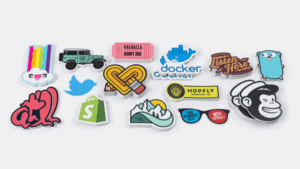Last Updated on June 21, 2023 by Packoi Team
But you should know the differences between the two so you can make the right choices when it comes to printing booklets for your business.
In this article, you’ll learn about the differences between booklets and books – plus tips to help you create and print booklets for marketing and promotional purposes.
What Is a Booklet?
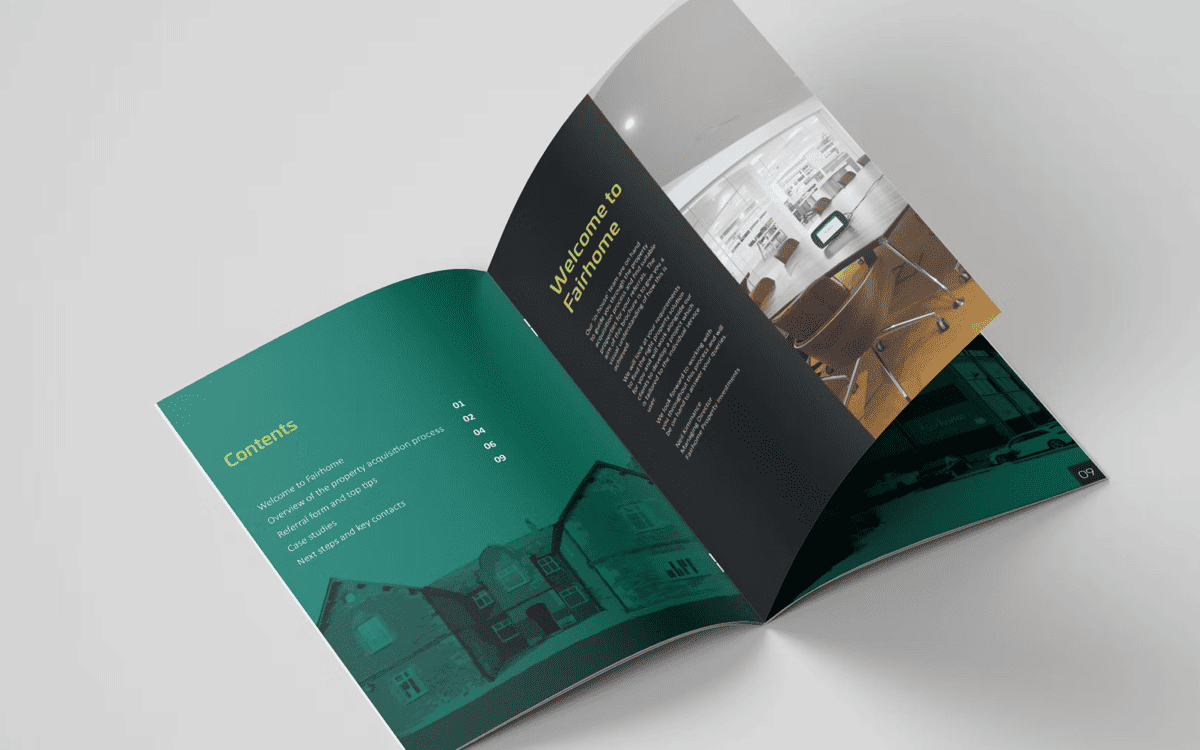
Before we talk about booklet printing, let’s define what the word booklet means.
As the name suggests, a booklet is like a small book. It’s not always about the size of the book but also the number of pages.
Since a booklet has fewer pages, it affects the binding and the paper materials that it can use.
For instance, it can use thicker and coated paper. That means the images that you’ll see in booklets are clearer and more vivid.
2 Types of Booklets
A booklet is typically used as a promotional material. There are two ways it can be used.
The first is as a marketing booklet. Businesses use a booklet to give announcements and information about a new product or service that’s being offered. It can also be used to promote limited-edition items. These booklets are typically mailed or given away in high-traffic areas. These can also be inserted in packages, mailer boxes, or subscription boxes.
The second is an event booklet. This can be used to advertise upcoming events, shows, festivals, functions, etc. It can also be used as a program to guide participants or attendees of an event.
How Does a Printed Booklet Compare to Books?
As mentioned at the beginning of this article, printing books and booklets are practically the same. The process is the same.

However, there are physical differences that would mean your booklet printing options will slightly vary to that of book printing.
Here are 4 that matter the most.
Definition
You can count books as one of the oldest methods of communication. It tells stories about past events. It educates people. It gives us a glimpse of a different version of our reality. Books can contain all sorts of information – fact or fiction.
Booklets are more realistic than books. It’s meant to give information about something. It’s not as long as books. But it still contains substantial information about a certain topic.
Cover
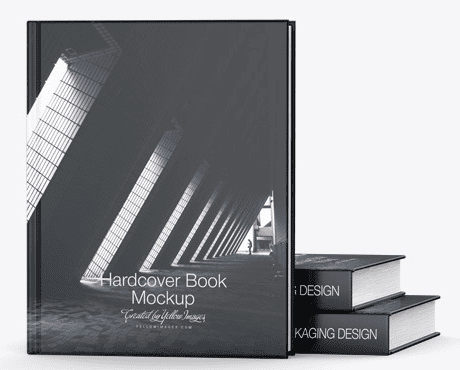
Books can either have a thick hardcover or a soft one. The thicker the book is, the more likely that it’ll have a hardcover. But the smaller books with fewer pages can have paper covers.
Booklets, on the other hand, will always have a paper cover. Its pages are too few to use a hard one. The front and back cover is made of paper. Some booklets use a thicker paper cover, like cardstock, to protect the thinner inner pages.
Page Count
The number of pages is another factor that differentiates books from booklets. Books have more pages compared to booklets. It’s not surprising because books usually discuss things in length. Some books have a few pages (only 36!) – but this is usually for children’s books or specialty books. Most books have hundreds of pages.
The page count of booklets ranges between 8 to 64 pages. Anything more and it could be confused with books. Examples of booklets include manuals, comic books, promotional materials, and handbooks.
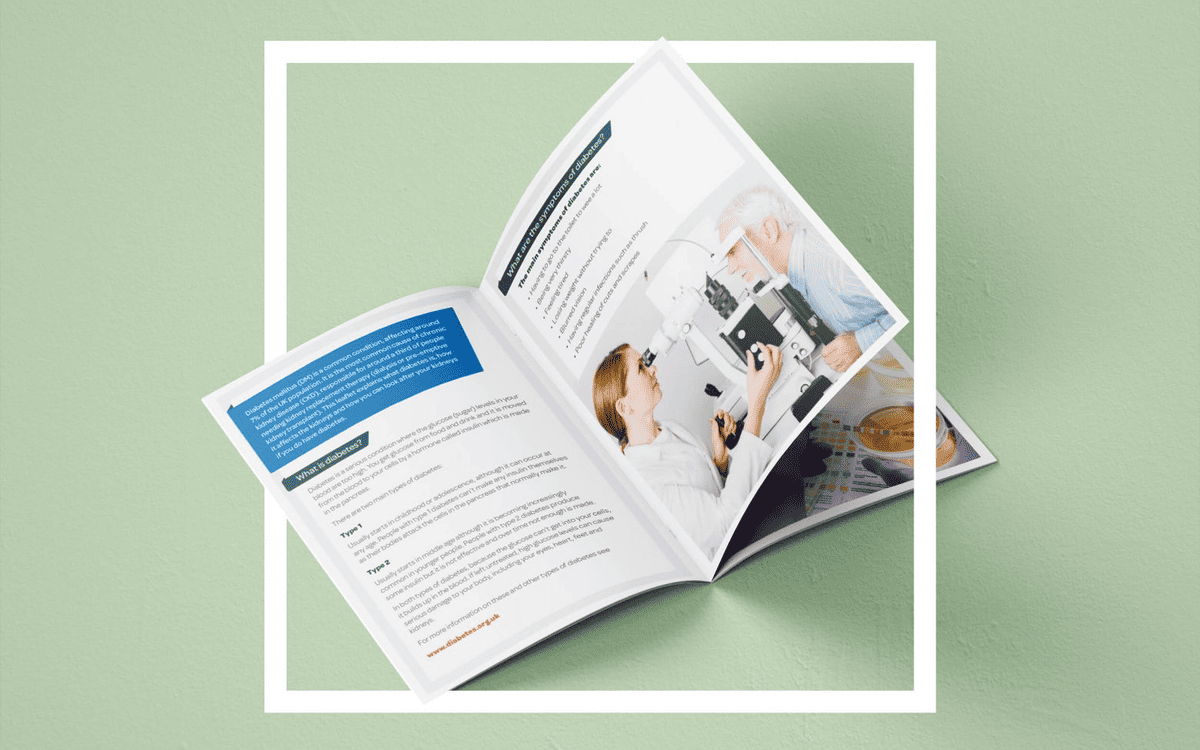
Size
Both books and booklets come in different sizes. No rule says otherwise.
But if you consider the standard sizes, books are typically 8.5” x 11” while booklets are like folded sheets with the size of 5.5” x 8.5”. Some booklets are bigger at 6” x 9”.
3 Ways to Bind Booklets
Now that you can differentiate books and booklets, you can see that the main difference is the page count. In the world of printing, this influences a lot of things about how the printed output will look like.
In particular, the number of pages will affect the binding method that’ll be used to create the booklet.
Here are some of your options.
Saddle Stitch

This is a popular binding method that’s used on both books and booklets. When using the saddle stitch binding, the sheets are arranged according to the page arrangement. It’s then placed on a saddle-like apparatus where it’s “stitched” together.
This stitching is wire staples being put through the crease where the fold is. Two staples can be used on a 64-page booklet. Because of how the pages are bound, the page count of your booklet should be in multiples of four only.
Spiral
A spiral-bound book is characterized by the coil that binds the pages together. Using spiral binding for your booklet is acceptable because it only has a few pages.
The binding process involves punching holes in the edge of the page. Then a long coiled spring is threaded into these holes and it effectively binds the pages together. The ends of the spring are crimped so it doesn’t untangle itself.
The diameter of the coil will vary depending on the number of pages. It can also accommodate all booklets regardless of the orientation (portrait or landscape).
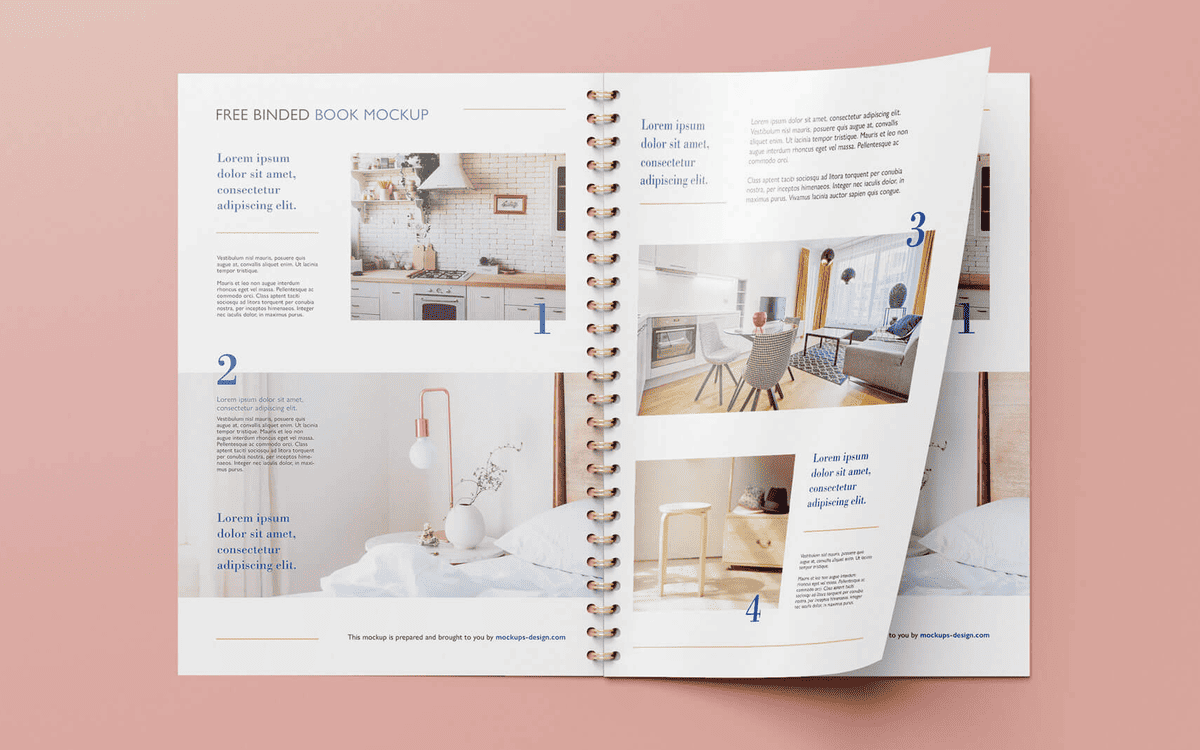
Wire-O
Using wire-o binding is not that different from spiral binding. Instead of using a coiled spring, O-shaped wires are used to bind pages together.
The pages of the book have punched holes in them – but it’s fewer compared to the spiral option. You can even use only two holes to bind a booklet together.
These O-shaped wires can be ordered in different diameters and colors. It’ll depend on the number of pages you need for your booklet.
Other Types of Binding
Apart from the options discussed, there are other effective binding methods. The three mentioned above are ideal for booklets because they are best for smaller page counts.
But if you have more pages, you’ll have to opt for other types of binding methods.
Among the options include perfect binding. This is a popular option for book printing. It’s economical and a great option for paperbacks.
If you want hard-case bound books, the process will be different because there’s a need for end sheets. It’s glued to both covers (front and back) so it can be attached securely to the hard case or cover. Since booklets don’t require hardcovers, this is only useful for books.
4 Tips When Printing Booklets
Before you start printing booklets, there are a couple of things that you have to remember to minimize mistakes. After all, you want your booklet to be effective. It should be able to help you market and promote your product.
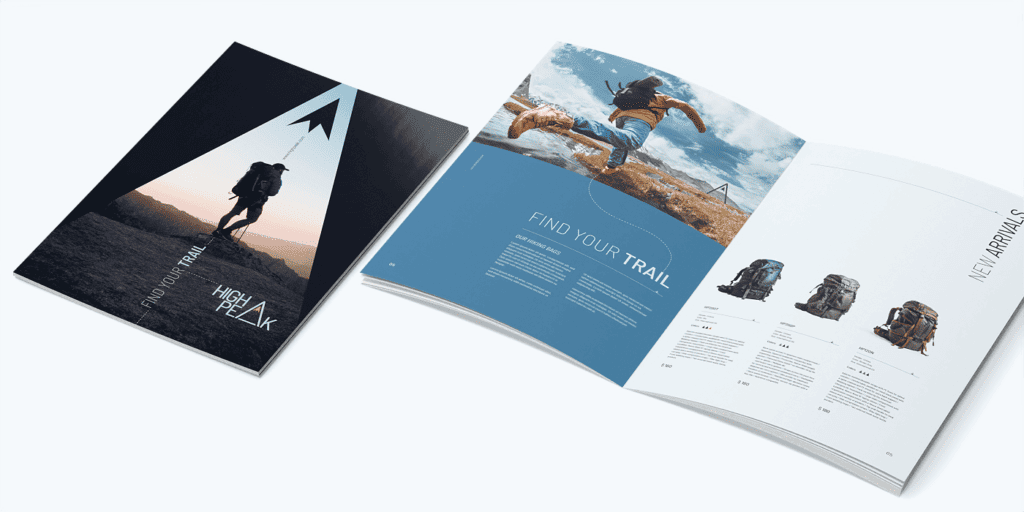
To ensure that you’ll reach these goals, consider these tips before printing booklets.
Organize the Information
Start by looking at all the information that you want to put on the booklet. Make sure that it’s complete. Then you have to think about arranging the content so it’s easy to read and very engaging. The idea is to ensure that the readers will feel the need to read the booklet from cover to cover.
As you organize the information, think about the layout, fonts, and colors that you’ll use to put everything together. Include any blank pages or white spaces that’ll act as the breaker so readers won’t feel overwhelmed by the booklet’s information.
Choose the Right Binding (And Leave Space for It!)
Finalizing the content will help you determine the number of pages for your booklet. This will help you choose the right binding method.
Once you’ve identified the ideal binding for your booklet, you have to make sure that your layout will leave space for it. If you’ll choose the saddle stitch, leave space in the middle of the paper where it’ll be folded. Or if you’ll use the spiral or wire-o binding, move your content so there’s space on the edge of the paper. If you plan to do back-to-back printing, make sure you know what edge to leave a space on.
Pick High-Res Images
Your booklet would look boring if you only put text in it. Even if you use typography as a way to design it, adding images will still make it visually attractive. Use images with high resolution so the colors and photo details will look clear and vivid.

So choose the right photos and position them strategically so it also serves as a breaker amidst all the text.
Apart from that, choose the right front cover image as well. Make it interesting enough so people would be encouraged to open the booklet.
Select the Right Paper Weight and Finish
The paper material plays a huge role in the final output of your booklet. The right paper weight will determine how thick the booklet will be.
The paper finish, on the other hand, will affect how the images and text will be printed. If you use coated paper, colored prints will appear more vivid. So if you’re using a lot of images, it’s best to choose coated paper with a gloss finish.
You can also choose a different paper finish for the booklet cover.
Do You Want to Know More about Booklet Printing? Packoi Printing Is Here to Help.
Printing booklets for your business or upcoming event is a great way to spread information. But this will only be effective if you partner with the right company.
You need a trustworthy printing company that has the experience and expertise to give you the best output for your booklet.
Packoi Printing is a company that has years of experience in printing marketing materials like booklets.
Give us a call for your instant booklet printing quotations. We’ll give you a fair quotation for your order.



